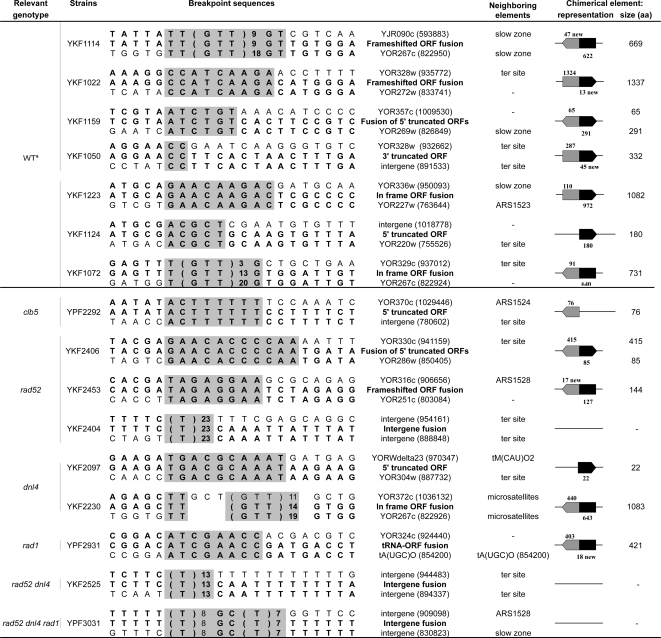Figure 2. Representative breakpoint sequences of non LTR-mediated duplications.
Only events leading to chimerical ORF are presented. a WT junctions are from [20]. Top and bottom sequences correspond to centromere-distal and -proximal sequences, respectively, followed by the name of the genetic element involved at the junctions. Shaded areas indicate the regions of sequence identity shared by these two sequences and correspond to the breakpoint per se. The coordinates in brackets correspond to the first nucleotide position within the shaded areas. For each strain, the middle sequence corresponds to the actual breakpoint sequence followed by a description of the chimerical genetic element recovered at the junction. Neighboring elements correspond to sequences known to participate or interfere with replication, with slow-zone corresponding to inflection point in the replication pattern (i.e. regions where fork progression slows down, [67]), ter site to termination regions, and ARS to autonomous replicating sequences. On the right, the schematic representations with orientated grey and black boxes represent the structure of the chimerical elements generated with the sizes of the corresponding chimerical ORFs (in aa). The contribution (in aa) of each of the two elements involved in the fusion is indicated above and below the corresponding boxes. Amino acids encoded by a frame different from that of the original elements are referred as “new”.

